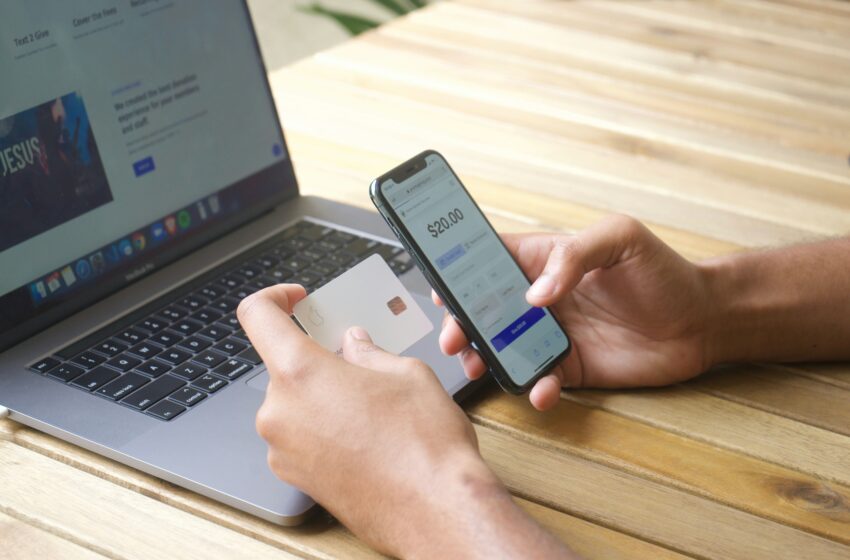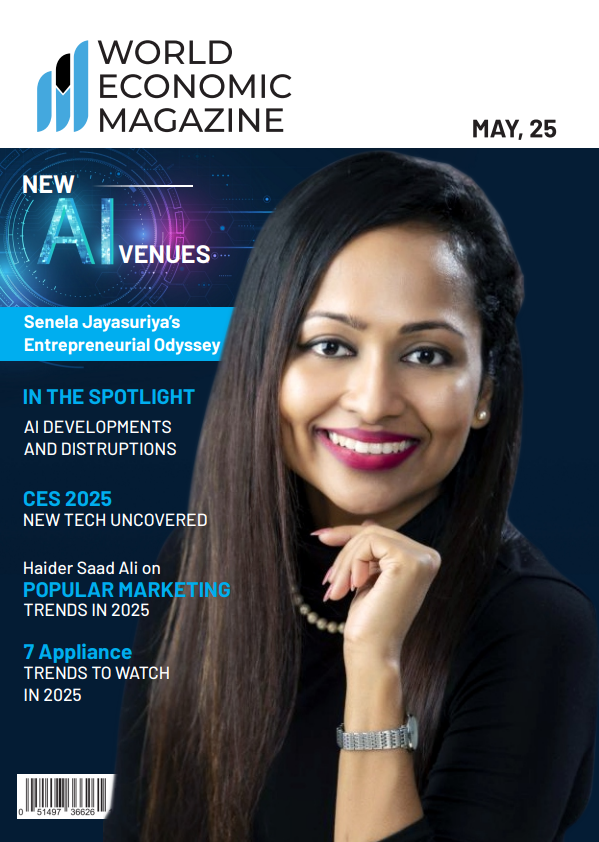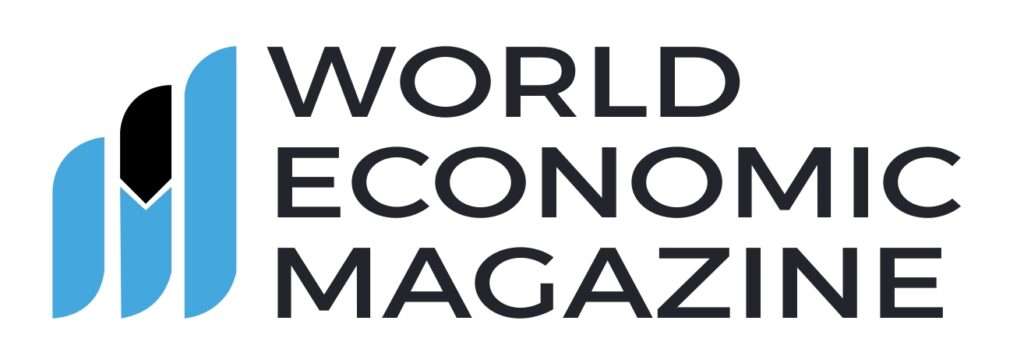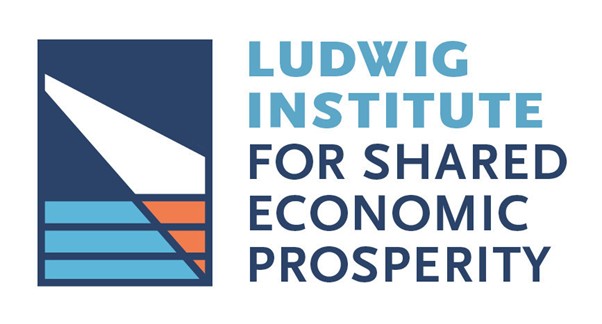
Africa’s Fintech Revolution: Mobile Money and Financial Inclusion
Transforming economies, empowering millions, and rewriting the rules of banking
It’s hard to overstate how revolutionary mobile money has been across Africa. This continent — home to over 1.4 billion people — has long faced challenges with traditional banking infrastructure. But today, mobile wallets and fintech innovations are rewriting the financial script.
Over 500 million adults in Sub-Saharan Africa remain unbanked, according to the World Bank’s Global Findex 2021 report. Yet, paradoxically, Africa leads the world in mobile money accounts, with more than 300 million registered users. That means nearly 30% of all mobile money accounts globally belong to Africa.
How did this transformation happen? And what does it mean for the continent’s economic future?
The Mobile Money Explosion: Numbers That Speak Volumes
Consider Kenya’s M-Pesa — the trailblazer. Launched in 2007 by Safaricom, it pioneered mobile money transfers, allowing users to send and receive money using just their phones. By 2023, M-Pesa boasted over 51 million active users, handling transactions valued at more than $50 billion annually — almost a quarter of Kenya’s GDP.
But Kenya is just one story. Nigeria’s fintech scene has exploded with players like Flutterwave and Paystack facilitating payments for millions across West Africa. Flutterwave reported processing over $10 billion in transactions in 2022 alone.
Across the continent, mobile money services grew by 12% year-on-year in 2023, reaching a transaction value exceeding $500 billion, according to GSMA’s Mobile Economy Report.
What’s Driving This Phenomenon?
Several factors contribute to this surge:
- Limited traditional banking infrastructure: Only about 43% of adults in Sub-Saharan Africa had a bank account in 2021 (World Bank). Branches are sparse outside major cities.
- Mobile penetration: Africa has over 600 million unique mobile subscribers, making mobile phones the most accessible financial tool.
- Regulatory support: Many governments encourage fintech innovation through supportive policies and digital ID systems.
- Consumer demand: For millions, mobile money is not just convenience; it’s a lifeline, enabling daily transactions, savings, and credit access.
Beyond Payments: Microloans, Savings, and Insurance
Mobile money has evolved from simple transactions. Today’s fintech startups offer a suite of financial products previously unavailable to the average African consumer.
For instance, Tala and Branch use mobile data to provide microloans to individuals and small businesses often excluded from traditional credit. Tala claims to have disbursed over $2 billion in loans to 10 million customers in emerging markets, with a significant base in Africa.
Similarly, fintech companies like Jamii and Bima offer microinsurance products, protecting users against health emergencies or accidents with premiums affordable via mobile payments.
Case Study: Ghana’s Financial Inclusion Journey
Ghana, with a population of 32 million, offers a fascinating glimpse into fintech’s impact.
The Bank of Ghana reports that mobile money transactions grew by 45% in 2023, reaching a record $15 billion. More than half of the adult population now uses mobile money services regularly.
Startups like Zeepay are expanding cross-border remittances, making it cheaper and faster for the African diaspora to send money home.
And the government’s rollout of a national digital ID, “Ghana Card,” has simplified onboarding for financial services, accelerating account openings and reducing fraud.
What Experts Are Saying
Dr. Nick Hughes, co-founder of M-Pesa, reflects on the impact:
“Mobile money has been a game-changer — it’s not just financial services, it’s economic empowerment.”
A 2024 report by McKinsey predicts that fintech could add up to $150 billion to Africa’s GDP by 2027, driven by deeper financial inclusion and innovation.
Challenges and Roadblocks
Despite the successes, challenges persist:
- Digital literacy gaps: Many rural users struggle with app interfaces or basic digital skills.
- Regulatory hurdles: Differing rules across countries create fragmentation.
- Cybersecurity risks: Mobile platforms face increasing threats from fraud and hacking.
- Infrastructure: While mobile penetration is high, reliable internet access is still uneven.
Yet, innovation continues. Some startups use AI chatbots and USSD-based services to serve users without smartphones.
The Future of African Fintech: What to Watch
- Blockchain adoption: Projects like BitPesa use blockchain for faster, cheaper cross-border payments.
- Open banking: Regulatory trends favor data sharing to spur competition and personalized services.
- Digital banks: Neo-banks such as Kuda in Nigeria have attracted over 1 million users in just a few years, offering zero-fee accounts and instant loans.
- Integration with agriculture: Platforms like FarmDrive connect farmers to credit based on satellite and mobile data.
Why It Matters Globally
Africa’s fintech story offers lessons for emerging markets worldwide. The continent’s leapfrogging of legacy banking systems demonstrates how technology can accelerate financial inclusion.
As investors pour over $2 billion into African fintech startups annually (Disrupt Africa report 2023), global eyes are fixed on this vibrant ecosystem.
Want to Dive Deeper? Useful Resources
- GSMA Mobile Economy Report 2024: gsma.com
- World Bank Global Findex Database: globalfindex.worldbank.org
- Disrupt Africa Fintech Report 2023: disrupt-africa.com
- M-Pesa Case Study (Harvard Business School): hbs.edu
The Financial Revolution Is Just Beginning
Africa’s fintech revolution is more than a tech trend. It is an economic transformation enabling millions to participate in markets, save for the future, and build businesses.
The continent’s journey shows how innovative, accessible, and inclusive financial technology can break down barriers — making banking not just a privilege for a few, but a right for all.






